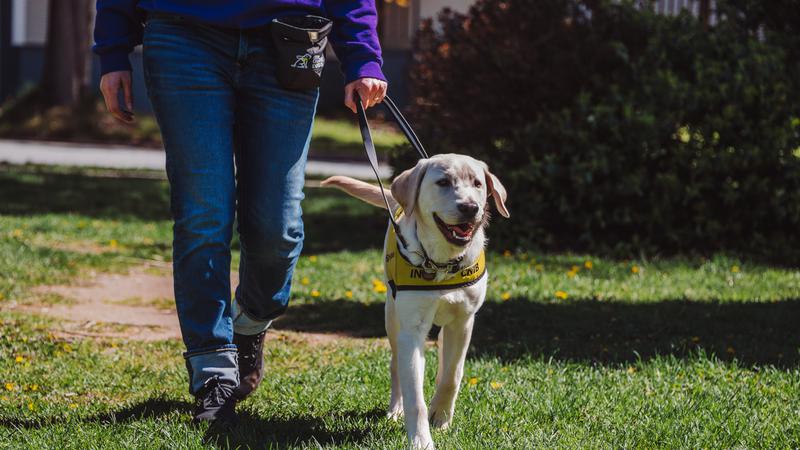
Life saving technology; the advancement of paramedic care
Following Paramedic Service Week, paNOW spent a week with the men and women of Prince Albert’s Parkland Ambulance learning about the ever-advancing technology used on a daily basis by paramedics across the country to save the lives of those who find themselves in an ambulance.
Cardiopulmonary resuscitation (CPR) saves lives, it’s one of a thousand techniques paramedics in Prince Albert and across Canada use on a daily basis to assist those they transport to the hospital.
What happens however, when a team of two paramedics — one of which is driving — must provide chest compressions, administer an IV, monitor critical statistics about a patient’s well-being, and provide a number of other live saving care procedures, all while riding in the back of a moving ambulance?





